Labeling metal surfaces presents unique challenges, including oxidation, contamination, and varying finishes like bare, coated, or painted metals. These factors impact label adhesion and durability. Industries such as automotive, electronics, and aerospace require reliable labeling solutions to ensure proper identification and tracking of metal parts and products.
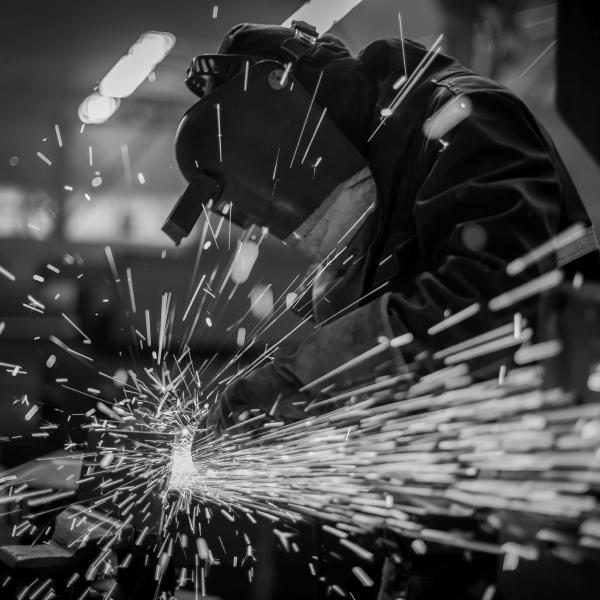
Metal is a strong, durable material characterized by its ability to conduct electricity and heat, and is commonly used in various industries. In theory, its high surface energy should make adhesive bonding easier – however, this advantage is often overshadowed by the challenging environments metals are exposed to, such as oxidation and mechanical stress.
Metals have a high surface energy, meaning they strongly attract adhesives and liquids, which generally enhances adhesive bonding.
Bare metal surfaces may develop oxidation, creating surface irregularities that reduce adhesion and label performance.
Painted metal surfaces can be sensitive to aggressive adhesives, requiring strong adhesives that will not damage the paint layer.
Metal surfaces require labels with high resistance to mechanical stress to endure impacts, vibrations, and other physical forces
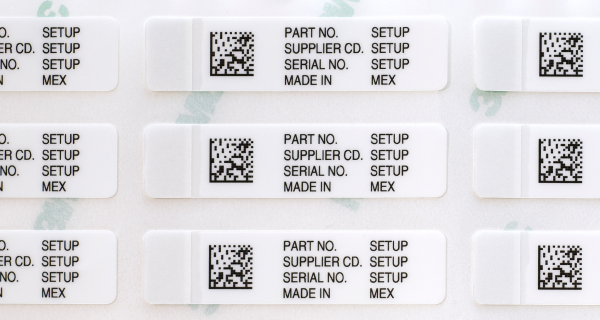
While metals have high surface energy, which generally promotes easier adhesion, the demanding environments in which metals are used often negate this advantage. Adhesives must withstand thermal expansion as metals expand and contract with temperature changes. Chemical exposure and contamination from dirty or oily surfaces can degrade standard adhesives, necessitating robust solutions.
An acrylic solvent adhesive is often preferred over acrylic or acrylic emulsion adhesives due to its superior resistance to harsh chemicals and ability to maintain a strong bond on contaminated surfaces. Additionally, these adhesives need to remain flexible to accommodate coated or painted metals and resist mechanical stress from impacts and abrasions.
Labeling metal surfaces is essential across various industries, each with specific requirements for durability and performance. Different applications present unique challenges that require specialized labeling solutions. Below, we explore the specific needs and examples of labels used in these critical sectors.

In the automotive industry, labels must withstand high temperatures, exposure to oils and solvents, and mechanical stress.
Brake pads and engine parts require high-temperature resistant labels with strong adhesives to ensure they remain intact and legible.
Labels with a removable laminate are also useful for parts that will be painted after labeling, providing protection during the painting process.
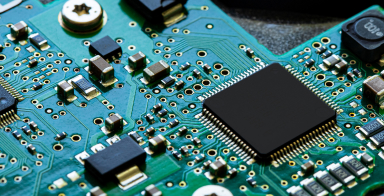
For the electronics industry, particularly for printed circuit boards, labels need to resist heat during soldering processes and remain legible in compact spaces.
These labels must have strong adhesives to stay attached during manufacturing and maintenance.
Additionally, they should be able to endure potential exposure to cleaning chemicals and varying temperatures within electronic devices.

Aerospace applications demand labels that can endure extreme temperature variations, UV exposure, and high-altitude conditions.
Durability and adhesive strength are critical to ensure labels remain secure and readable throughout the lifespan of the aircraft components.
Labels used in aerospace must also comply with stringent industry standards for reliability and performance.

Two key regulations to consider are REACH (Registration, Evaluation, Authorization, and Restriction of Chemicals) and RoHS (Restriction of Hazardous Substances). REACH ensures that the chemicals used in labels are safe for human health and the environment, while RoHS mandates that labels do not contain hazardous substances that could harm electronic products.
Additionally, specific OEM spec requirements may apply, particularly in the automotive industry. Leading automotive brands often have their own stringent standards for labeling materials to ensure compatibility, durability, and safety. Ensuring that your labeling solutions meet these regulations and specifications is essential for compliance and optimal performance in your applications.
Labels for metal need to be carefully constructed and engineered based on their use case and application. The right combination of materials ensures durability, adhesion, and performance in demanding environments. Understanding the components and their properties is essential for selecting the best labeling solution for metal surfaces.
We maintain a comprehensive inventory of solvents, acids, bases, and industrial chemicals for material testing.
T-peel, 180-degree peel, and shear tests are crucial for evaluating how well labels stick to metal surfaces.
Our advanced equipment is capable of testing label performance fom as low as -296°C all the way up to 600°C.
We use the Taber abrader to help us determine how well labels materials can withstand wear and tear in demanding environments.
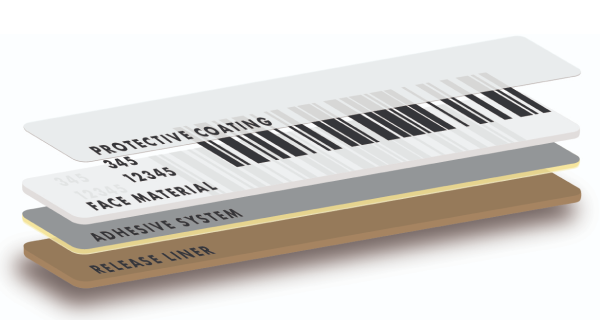
Our label materials are engineered to adhere to metal surfaces, ensuring durability and performance. We use high-quality face stocks like polyester and polyimide, combined with robust acrylic solvent adhesive formulations. Our thermal transfer ribbons, particularly our premium resin ribbons, deliver superior resistance.
We offer advanced solutions for labeling metal surfaces, designed to meet specific needs. Specialty labels include the innovative paint patch label, which features a removable overlaminate that protects the label during painting processes, ensuring the label underneath remains intact and readable. We also provide high-precision laser etching for small metal parts, delivering clear and long-lasting markings.
Additionally, our labels with laminate coats offer enhanced durability and resistance to environmental factors, making them ideal for challenging conditions. Laminate covers provide further protection, ensuring labels remain legible and secure in harsh environments. These advanced solutions are tailored to provide the highest level of performance and reliability for your metal labeling needs.
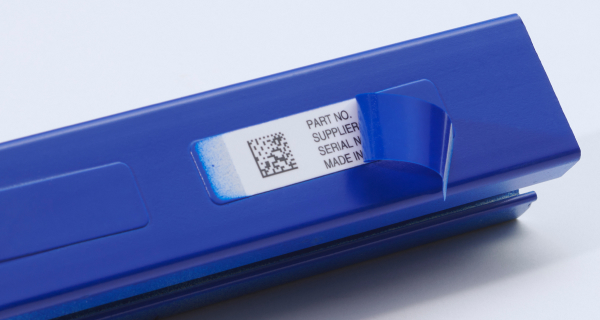
Ensure our labeling solutions meet your metal product requirements. Submit your information to qualify our materials for your specific applications.

The Zebra ZT Printer Series offers reliable, high-volume label printing. Designed for durability and performance in industrial environments.
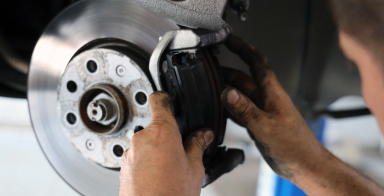
Durable labels for automotive parts ensure clear identification in challenging environments. They withstand heat, chemicals, and mechanical wear.
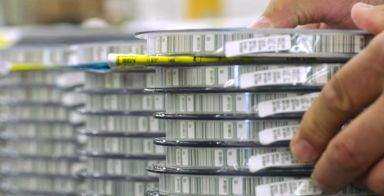
Tire bead labels are built to survive high temperatures and curing processes. They provide reliable tracking throughout tire manufacturing.

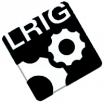
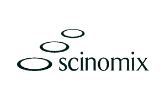
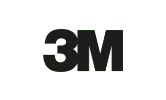



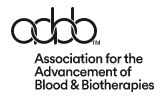

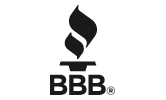

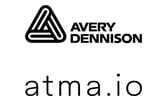
© Computype 2024
© Computype 2024
Take advantage of our volume discounts for bulk orders. Reach out to us for a personalized quote tailored to your needs.
"*" indicates required fields